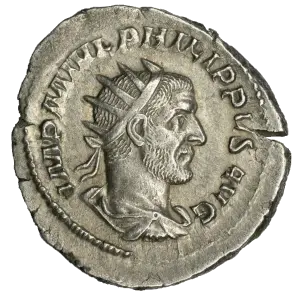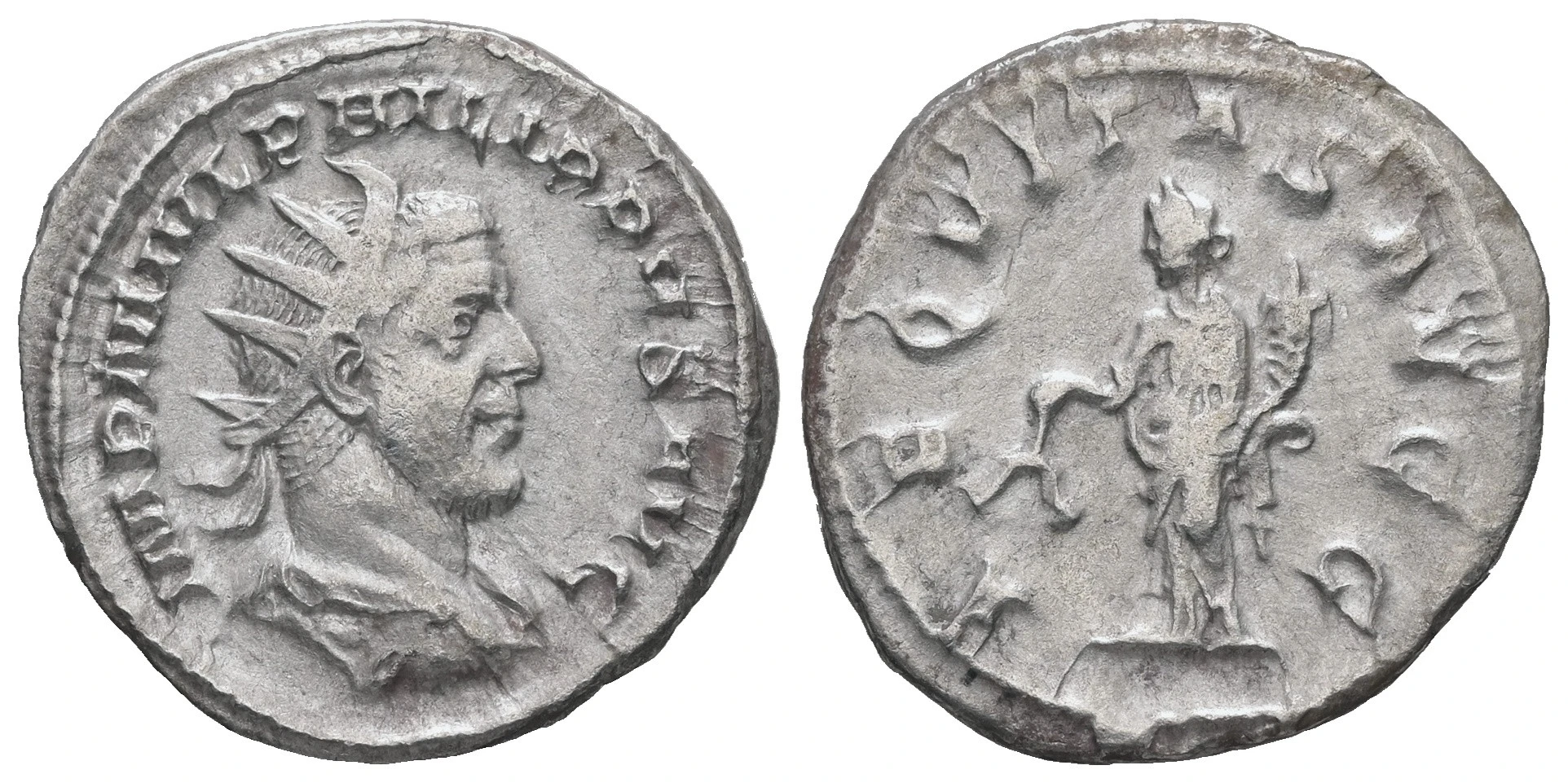
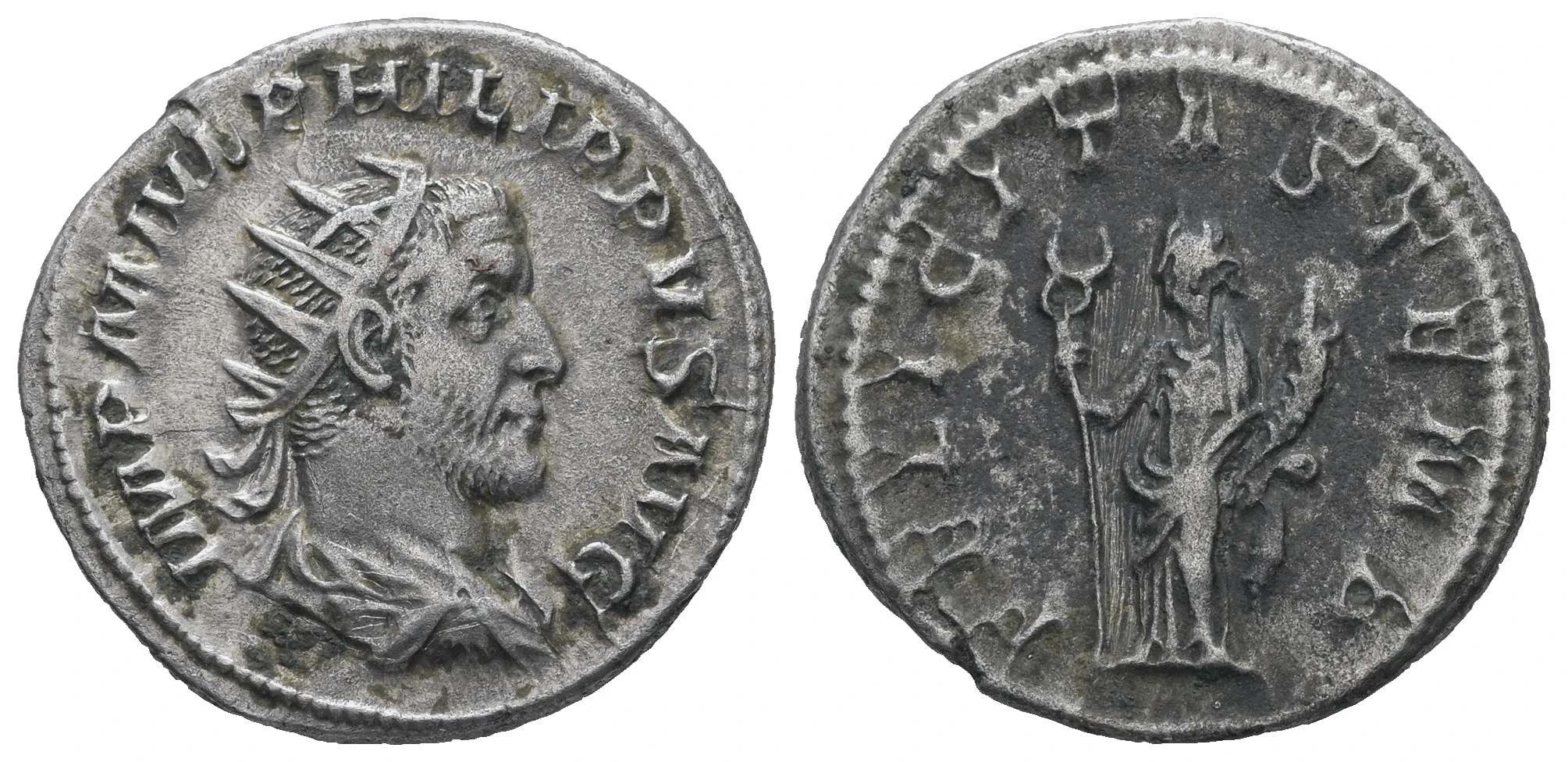
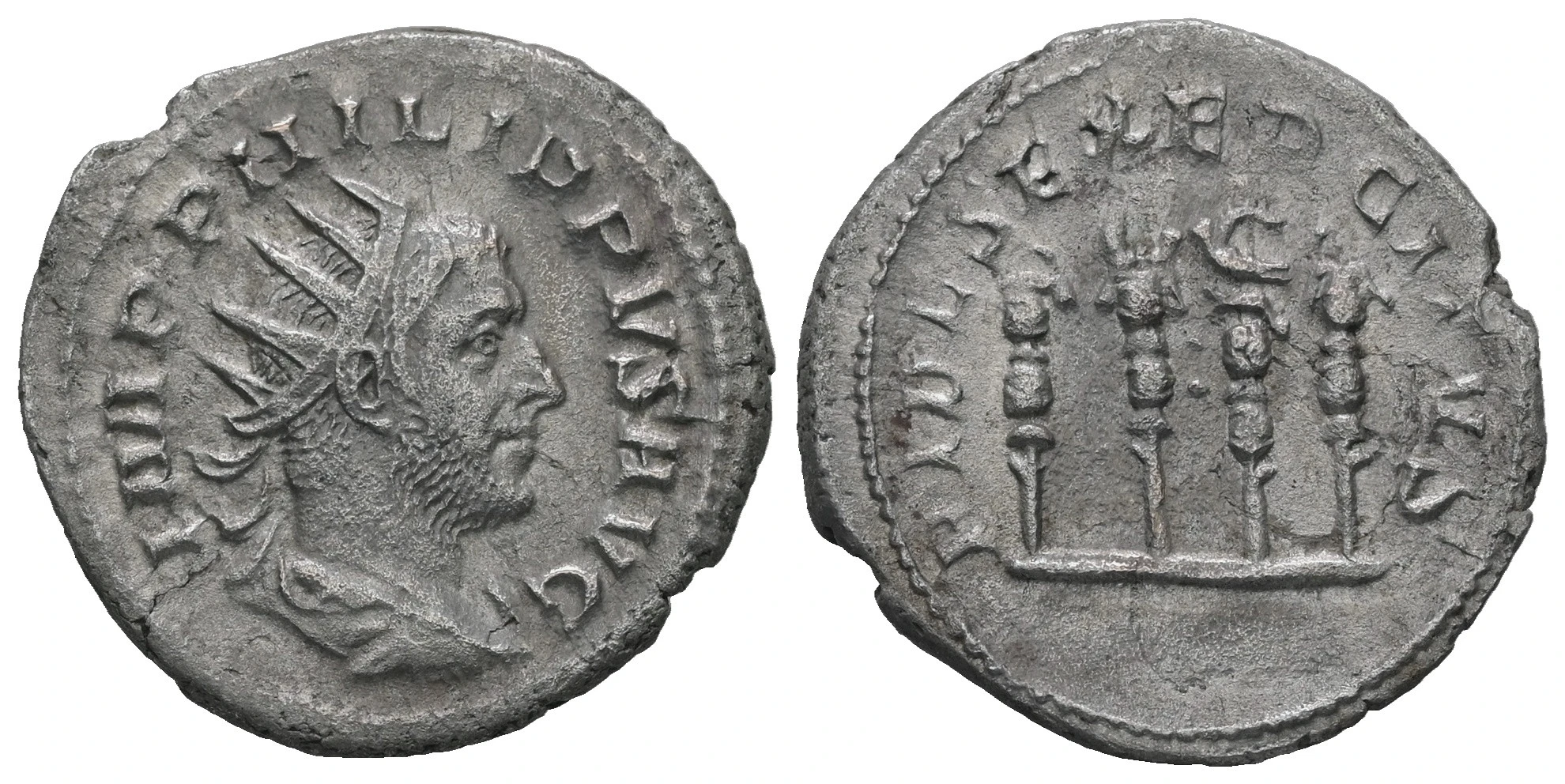
Why do they all look different? were they individually made at the time?
So, these are three different issues of the same denomination - what we call the antoninianus or double-denarius. They all feature the emperor and legend on the front, and then three different reverses. So they’re different because they’re three different issues.
But they’re also different because they’re ancient. Coins at the time were created by hand engraving two stamps/dies, one for the front (obverse) and one for the back (reverse), and then heating a silver disk, placing it between the stamps, and striking it with a hammer. That means all ancient coins are unique, but some may look alike because they’re from the same set of stamps.
As time went on, each stamp would be worn down. The uppermost coin was struck using a pretty worn down stamp, as you can see from the washed out details, but still clearly struck; you can see the “flow lines” in the metal pointing outwards from the letters on the back (and front). They’re formed when the hot metal exands and are more pronounced on worn dies. At some point a stamp would be too worn out and they’d grab a new one and use that, discarding the old one.
An example of a coin struck with freshly engraved dies is this one:
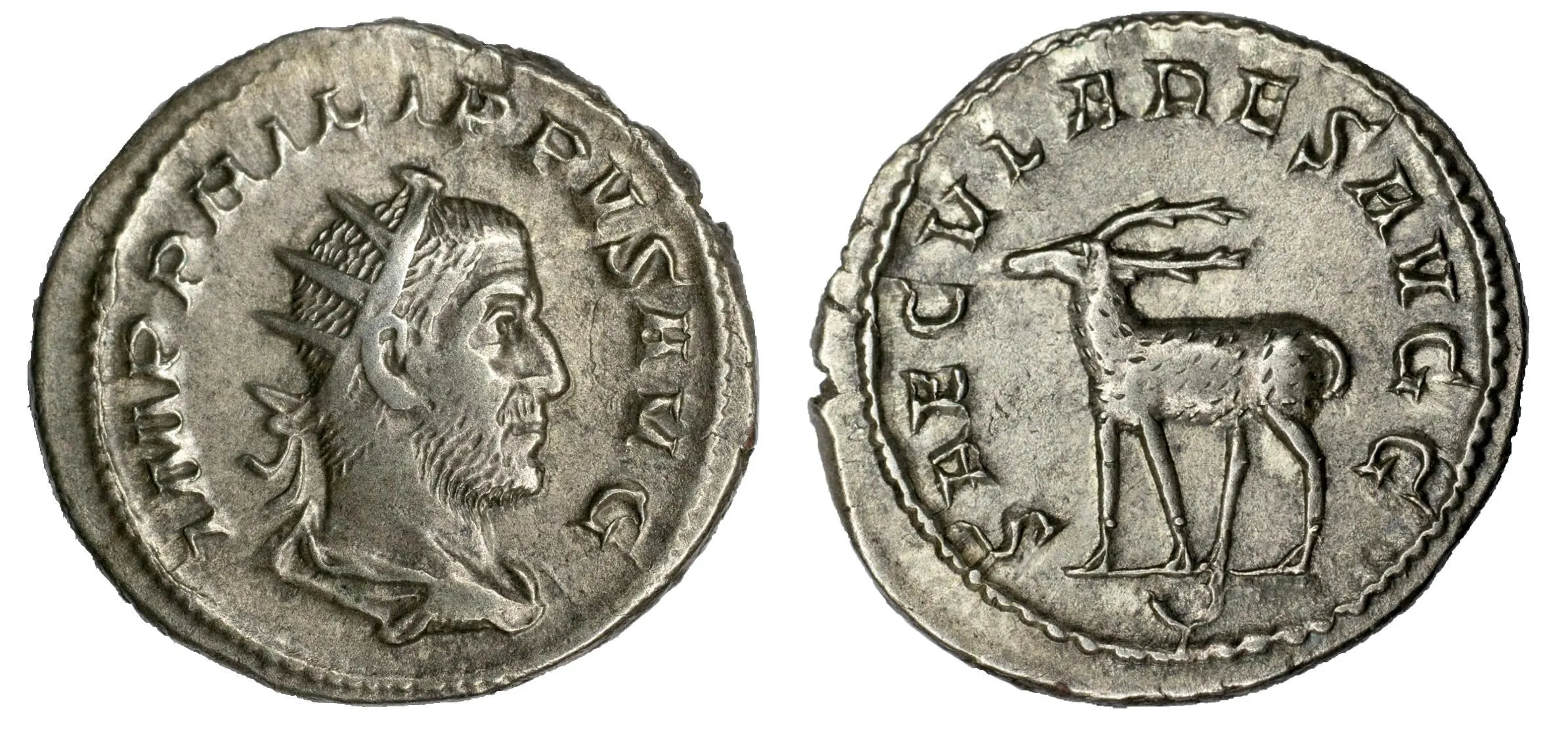
As you can see, the reverse is super-crisp, whereas the obverse shows a little bit more wear on the letters.
wow, that is fascinating.
this is the first time I’ve understood how someone can get into coin collecting. every time you get a new coin you must notice the different details, especially with your familiarity with ancient coins.
that is very cool, thank you for explaining the process and the reasons for the discrepancies.
Hey no problem :) The coins in the OP are not too expensive at 20-40 EUR so it doesn’t HAVE to be an expensive hobby at all.
I like this emperor because his coins are in good shape, affordable, and there are many cool reverses. Same goes for other emperors from around this time, the 3rd century.
that is also good to know, i would have guessed they would be more expensive from my base of zero knowledge outside of the tv show detectorists, haha.
Why are his coins in good shape relative to other emperors?
were there simply more coins found or preserved? also, did each emperor delegate responsibility for the minting QA so that there are varying qualities between emperors?
Why are his coins in good shape relative to other emperors?
Lots of hyperinflation in this century, and so many more coins survive just because more were around. Also, the silver content is still high enough that the coins are not as easily corroded by the environment as they will be half a century later.
Did each emperor delegate responsibility for the minting QA so that there are varying qualities between emperors?
The imperial mints were always in charge of coinage, the emperor had little to do with it except perhaps for the motifs used. The silver content staid fairly stable around 95-85% until the 160s CE, after which the denarius was replaced (more or less) with the antoninianus I posted here, technically worth 2 denarii but with only the silver content of one (~40% fineness).
The fineness of the antoninianus also declined, and in 274 AD it was around 5%. Diocletian would replace the antoninianus with his own coin, the follis. It was a large chunky billon coin with a silver wash. He also introduced (in limited number) a true silver coin called an argenteus.
Here’s an illustration of the declining silver content in the antoninianus.

